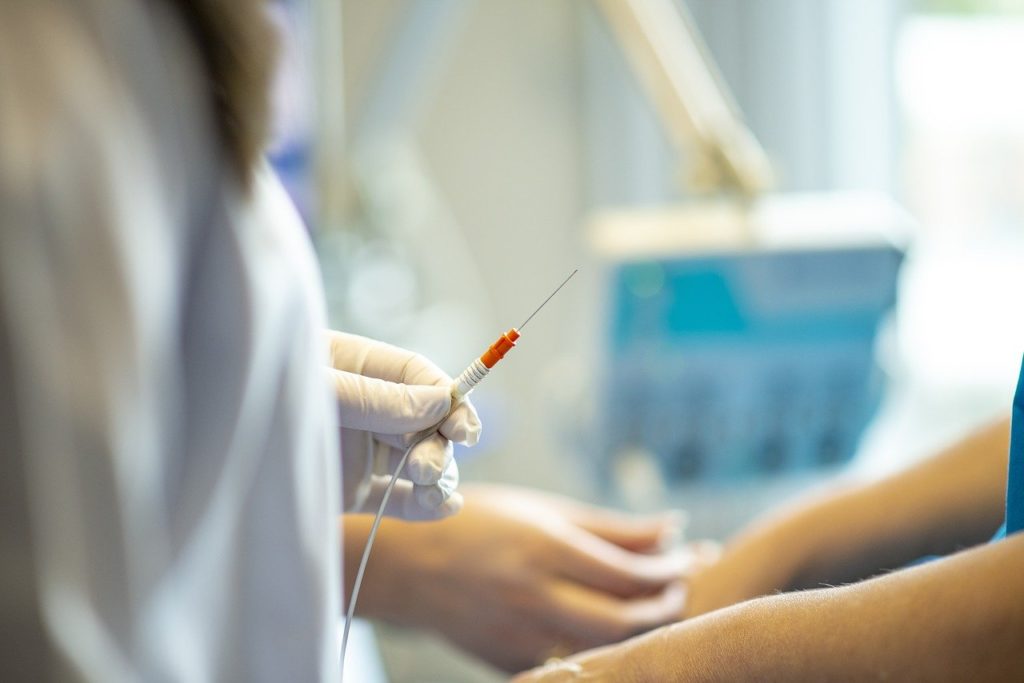Sexually transmitted diseases (STDs) are not one-size-fits-all. People experience symptoms differently, from severe to mild to no symptoms at all. In fact, when it comes to many STDs, a lack of visible symptoms is fairly common, although this does not mean that the disease is gone or isn’t transmissible.
For example, human papillomavirus (HPV), which is the most common STD, often has no visible symptoms, but if left untreated, high-risk HPV can lead to cervical and anal cancer.
Additionally, chlamydia, which is the second most-common STD, is known as the silent STD because it is also has no visible symptoms: The truth is that many people don’t even know that they have it; however, current estimates tell us that four million men and women are affected by chlamydia. And, if left untreated, chlamydia can lead to pelvic inflammatory disease in women, which can cause a multitude of complications, including infertility.
As you can see, the impact of STDs is not just limited to the initial insult, particularly for women. Not only do female symptoms of STDs tend to be more far-reaching and dangerous, but women are also more likely to contract STDs in the first place.
A recent study found that for every one act of unprotected sex, a woman’s chance of contracting one of the most common STDs — gonorrhea — can be as high as 90%, while a man’s is “only” 20% to 30%. The fact is, when it comes to STDs, every sexually active individual is at risk, but young adults and women are the most likely to contract an infection.
Teenagers seem to have their high incidence of STDs because they aren’t using protection as regularly and as correctly as their older counterparts, but why is it that women are at a higher risk than their male counterparts?
It is partially because the female genitals are more susceptible to infection and bacteria. Our internal anatomy creates a virtual breeding ground for infection, as bacteria can become lodged more deeply in the body and breed more easily in that moist environment. And if that weren’t enough, the fact that a woman’s reproductive tract is a safe harbor for infections also makes her more prone to infertility; given that most STDs have few or no symptoms, especially at the beginning, the infection is sometimes able to progress undetected into the uterus and fallopian tubes.
Statistics from an alarming new study reveal that women are eight times more likely to contract human immunodeficiency virus (HIV) from their male partners than the other way around.
Armed with this knowledge, women must be more proactive about protecting their bodies from such risks. There is truly no reason for a woman to be cavalier about protection and safer sex. Use a condom every time you have intercourse and perform oral sex, and use a dental dam when receiving oral sex. Get tested regularly and take your partner along as part of your ongoing commitment to sexual health and well-being. Remember, the best sex is safer sex!

